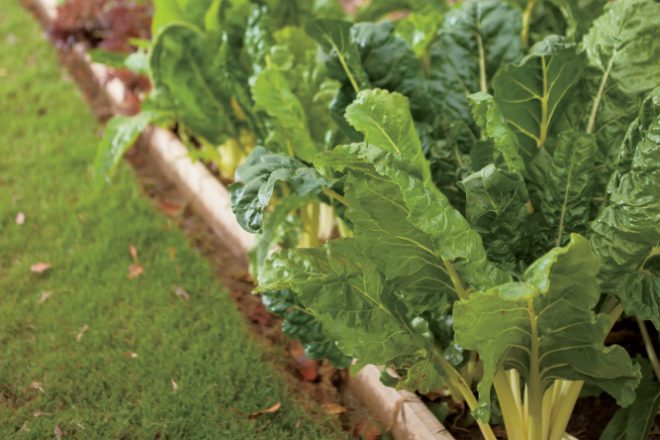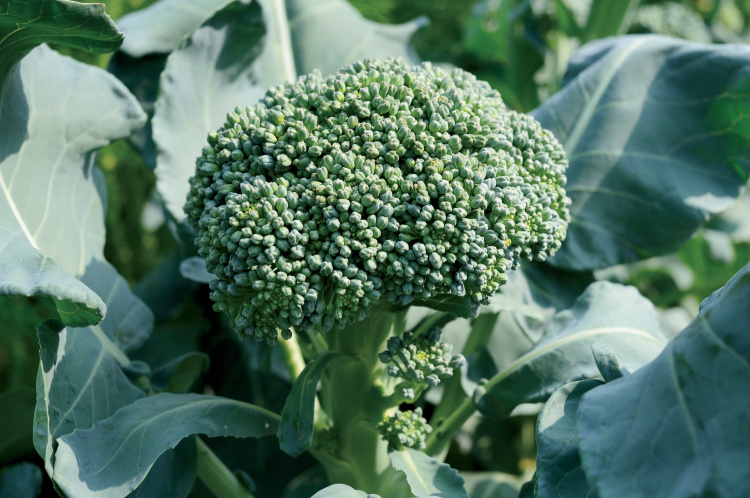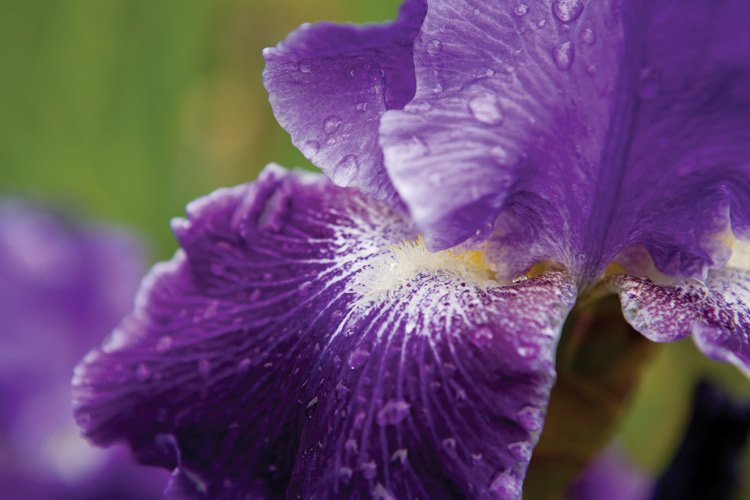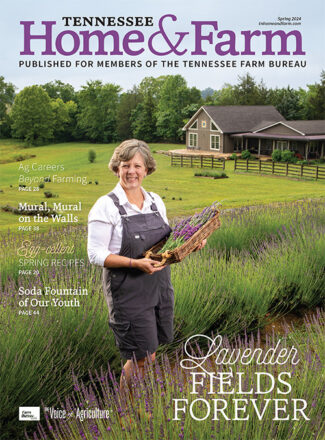The Seeds You Need for Spring

Ladies and gentlemen, start your seed orders.
Even if the ground is still frosty in your area, don’t worry. Your spring garden can get off to a great start with some planning, so it’s time to look at cool-season vegetables like lettuce, collards, cabbage, broccoli, root crops and the appropriately named snow peas.
Many of these will grow well from seed. My favorites, and two that grow beautifully together, are arugula and nasturtiums. Don’t forget nasturtiums are edible! Both love the early spring and are no-fuss growers. Direct sow in a container or in the garden bed, and you’ll have delicious and healthy additions to your salad bowl in a matter of weeks.
See more: Homesteading 101: Q&A With the Experts
For the less-tolerant plants in your vegetable selection, you can sow your seeds indoors until your area shakes off the last frost. Look below to learn more. You can check with your county’s Extension Service, local gardening clubs or online sites to determine the last frost date in your area. In my zone 7b, which includes most of Tennessee, that’s usually somewhere between March 30 and April 30. This can give you a window of time for planning your planting schedule.
Cool-season vegetables may prefer the chill, but they are still vulnerable to sudden, severe temperature drops. Be ready to cover and protect them with newspaper, old sheets or frost blankets if a frost or freeze threatens. Remove them first thing in the morning. While vegetables typically need seven to eight hours of full sun a day, cool season varieties can get by on six hours. Some can even grow in partial shade.
One more tip: Preparing beds in the fall will have them ready for spring. This can be important as it’s more difficult to work in wet spring soil. The ideal soil recipe for a framed bed is 50 percent existing garden soil, 25 percent aged manure, and 25 percent compost or humus.
Now, the fun part: Growing your edibles! Get started with a few planting tips for my favorite cold-season vegetables:

















Leave a Comment